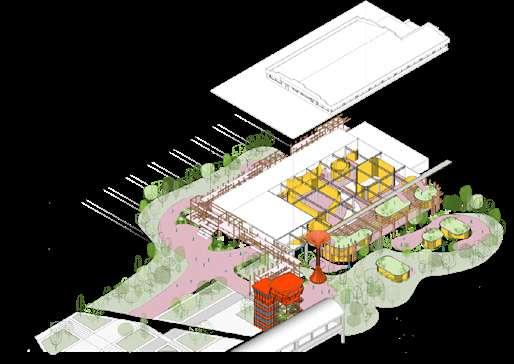
2 minute read
OUT OF THE BOX PROBIOTIC SPACE FOR INOVATION
What does an Innovation Center mean? As its meaning indicates, the word innovate is “to make new”, “to renew” and IN “inward” with this base, innovation is associated with the idea of progress and development of new methods based on knowledge that precedes it.
To speak of an innovation center is to think of the appropriate scenario for the person or persons to solve problems and facilitate activities in a creative, efficient and new way for the Collective benefit.
Advertisement
When we talk about favorable scenarios to seek new solutions to problems in a CREATIVE AND ATYPICAL way.
Context
The area of influence of the property to intervene is located northeast of the city, between Ponceano (north), Cochapamba (west), Kennedy (east), Rumipamba (soutTh). Specifically in the urban parish of La Concepción. Its main north-south traffic routes are the avenues of La Prensa, Río Amazonas and Galo Plaza Lasso; while in the east-west direction they are Isaac Albéniz, La Florida, Emperador Carlos and Luis Tufiño avenues.
In the parish there is the Bicentennial Park, the Former Airport Terminal, the Quito Metropolitan Convention Center, the Quito Metro Bicentennial Station, the El Labrador Multimodal Station and the future Quito Urban Agriculture Interpretation Center. This project will be an important point of development at the zonal and neighborhood level due to the future real estate expansion of the area around the Bicentennial Park.

Thinking “OUT OF THE BOX” allows you to break the standards of traditional spaces, creating unexpected, dynamic and hidden relationships between elements that would seem unrelated. This open box allows the entry of knowledge, important areas and talent, while at the same time bringing back innovation and an idea of community that would allow development in the city. For this, the project is based on the methodology of LATERAL THINKING that favors creativity, proactivity, resilience and cognitive flexibility.
To generate innovation, it is necessary to think OUT OF THE BOX, introducing specific and unconventional thinking techniques, therefore its SPACES ARE DYNAMIC, UNCONVENTIONAL, ATTRACTIVE AND INTERACTIVE, allowing the development of thoughts from different paths than those used in traditional reasoning, facilitating new perspectives.
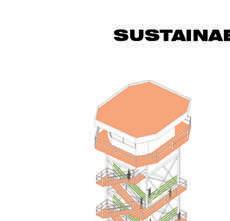

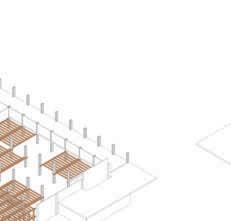
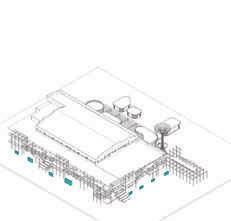
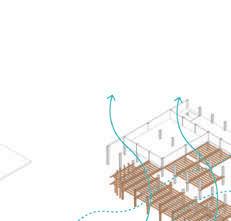
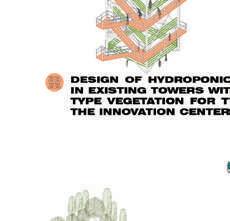
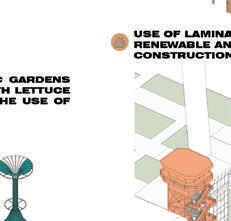

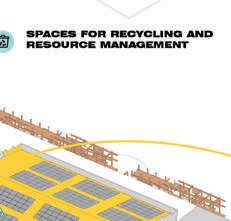
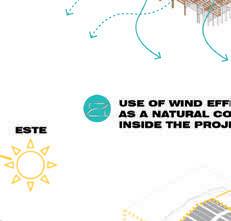
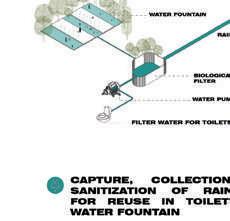
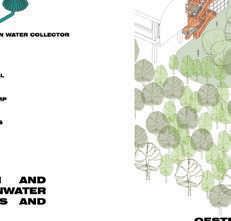


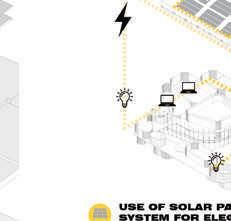
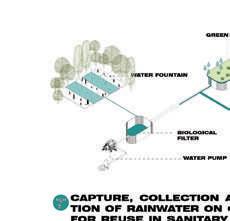

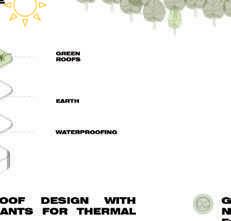


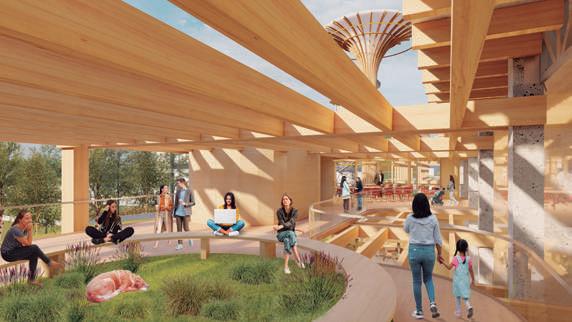
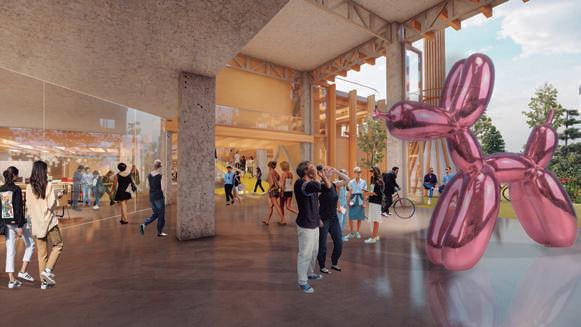


1 Mobility
-Creation of an uninterrupted and comfortable route for pedestrians and improvement of interconnections with public transportation systems and electric alternative transportation within the project.
-Expansion of a route for cyclists through the project that connects them with the interior of the park.
-Parking of bicycles and scooters.
-Pasified road, to give priority to the pedestrian -pedestrian paths within the park -universal circulation inside and outside the project by means of a ramp, escalators and an elevator to connect the spaces.
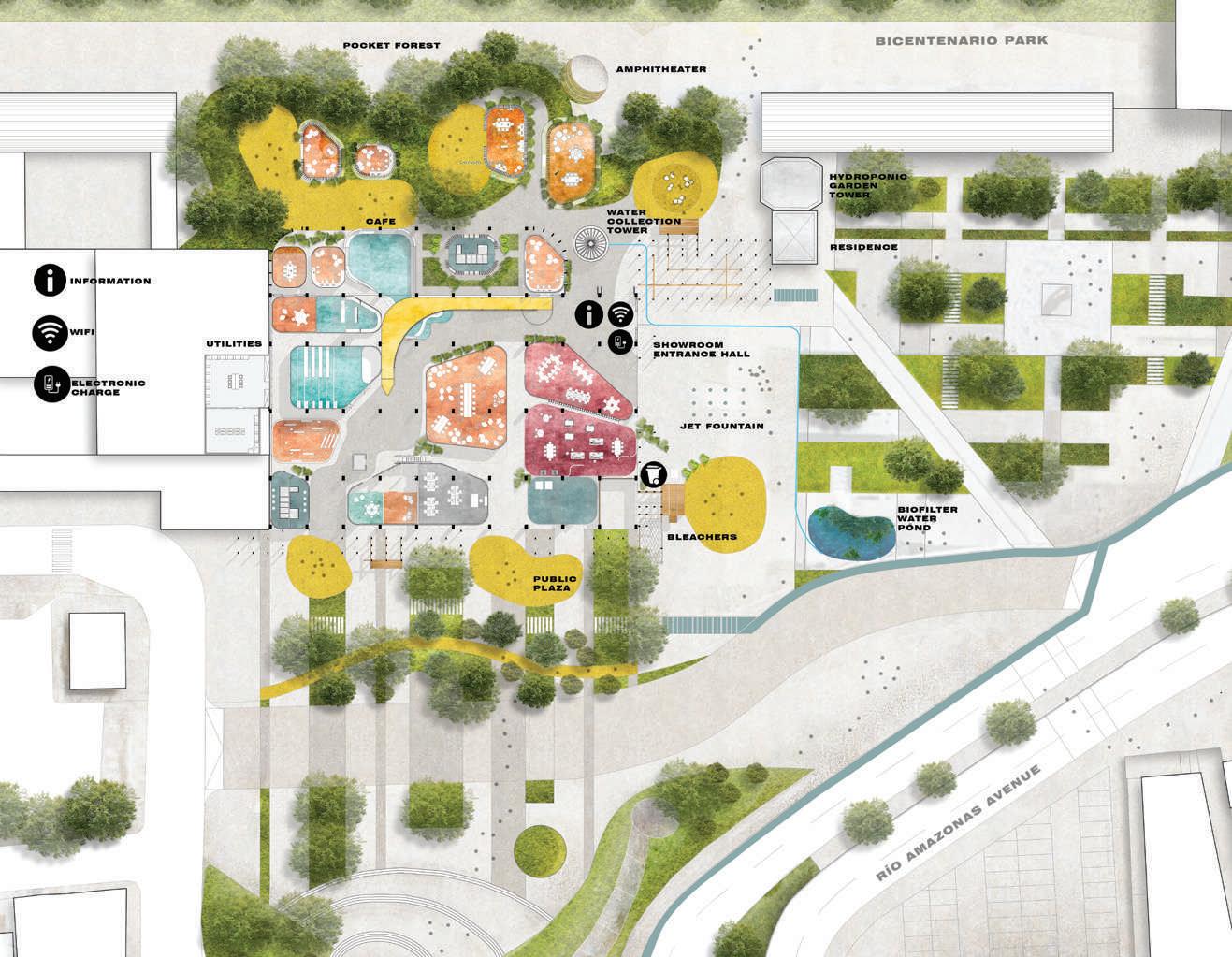
2 Ecology
-Construction of a continuous system of tree-lined passages that generate rooms and walkways in the shade.
-Creation of a large backyard, a powerful green point that is the connection to the park, contemplative green areas and tree planting, to compensate for the increase in temperature in the urbanized area and block short-wave radiation, thus cooling the ambient air and creating more favorable microclimates.
-Recycled/permeable plastic flooring.
- Green roofs as measures to mitigate the generation of heat islands.
- Water pond with biological filter
-Rainwater collection (Irrigation, toilets and urinals)
-Waste separation system, mass collection points
-Electric supply points for bikes, scooters
-LED lamps that are recharged by sunlight during the day
-Pet Friendly Areas.
-Urban agronomy, species that attract native flora and fauna
- Landscaping based on native species, low maintenance.
-Use of renewable materials and resources
-Recycling of existing structure
-New structure built in laminated wood. Renewable resource par excellence.
3 Technology
-Eco-efficiency in buildings through the integration of new technologies in the built fabric. This is reflected in the use of: sustainable and sustainable construction materials, photovoltaic panels on the roof, water collection system and gray water treatment.
4 Circularity
-The idea proposes a circular economic model that promotes zone and neighborhood development, actively including the actors of the zone, through jobs, shared knowledge, integration spaces for the community.
- Cultural exhibition spaces are generated, open to the neighborhood and the city, As a consequence of creation and innovation processes that generate an economy capable of inserting itself into the economy of the area.



